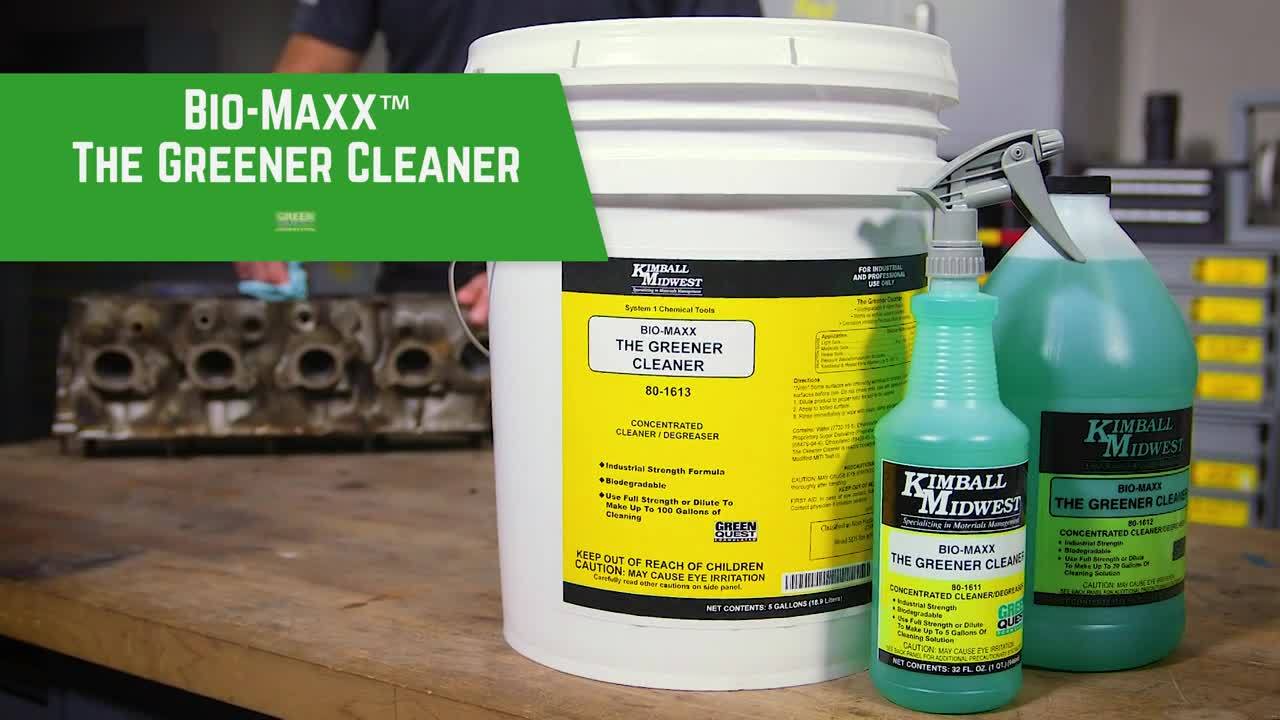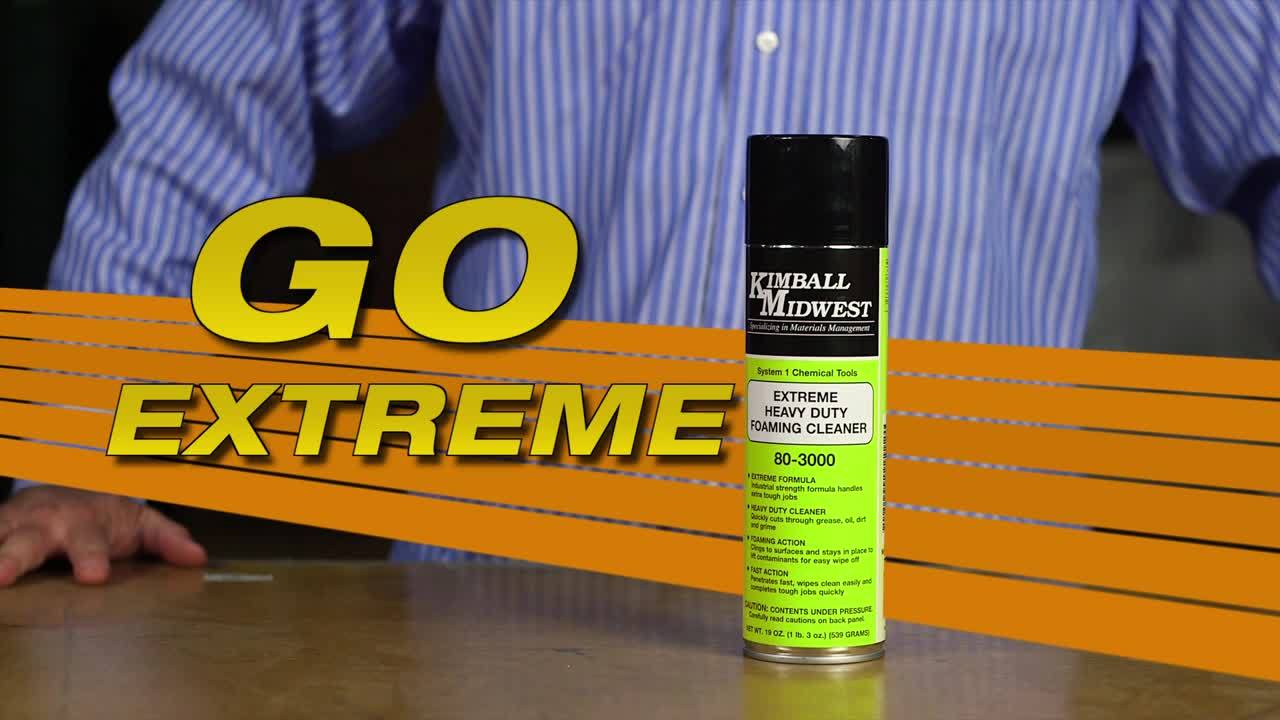There it is, mocking you. That spot of oil on your freshly painted shop floor. Or maybe it’s a thick buildup on a piece you need to recondition.
You knew this would happen, but you figured that stain or buildup would take a little longer. After all, you work with oil and grease for a living, so it’s simply a hazard of the job.
But in all your years, you’ve struggled to get pieces really clean.
That might be because you’ve been using the wrong stuff. Sometimes even the most potent cleaner isn’t formulated correctly for the job you need it to complete.

So how do you know you have the right stuff? The first thing to do when you purchase the cleaner is make sure it has the word degreaser on it, or that it says it penetrates oil and grease. After all, all degreasers are cleaners, but not all cleaners are degreasers.
But why? Well, there’s the rub.
According to the Connecticut Department of Energy and Environmental Protection degreasers are chemicals that clean by washing away dirt, grease and oil. A degreaser can be either oil-based or water-based. Oil-based degreasers are usually toxic and flammable. Water-based degreasers are generally safer for the user and the environment. They are less toxic than oil-based degreasers, and small amounts can be broken down in sewage treatment facilities.
So how can you tell oil-based and water-based degreasers apart? The Connecticut DEEP states that the label on the degreaser containers is unlikely to state which it is. If the list of ingredients includes petroleum or mineral spirits, it’s an oil-based degreaser. On the other hand, if water is the first ingredient listed, it is probably a water-based cleaner.
Why might you need an oil-based cleaner? Ask yourself what happens when you drop water on top of an oil spot. It certainly doesn’t mix.
According to Smithsonian Magazine, water molecules are polar and one end has a slight negative charge, the other a slight positive charge. Those charges let the molecules form hydrogen bonds and attach to other molecules that are polar, including other water molecules. Oil molecules, however, are non-polar, and they can't form hydrogen bonds. If you put oil and water in a container, the water molecules will bunch up together and the oil molecules will bunch up together, forming two distinct layers, which is why the phrase “like oil and water” is so popular.
If you still have doubts, you can ask knowledgeable sales reps where you get chemicals to direct you to the one you are looking for. On some websites, Safety Data Sheets are available and can provide the necessary information.
When you have the degreaser you want, you need to make sure you are using it properly. Start with reading the instructions on the packaging. For each degreaser, there is probably a specific way the manufacturer intends it to be used. That’s the best way to make sure you aren’t damaging the work piece, floor, table, wall or whatever it is you are trying to clean. Make sure if you have a painted piece, you have chosen a degreaser that is safe to use and won’t remove finishes.
Here, are some basic guidelines on how to use degreasers:
- Wipe the part or parts to be cleaned with a rag or wire brush to remove the excess oils. It will also aid in using less cleaning solution.
- To provide for safer disposal, degrease over a container, or if pouring on the floor, blot excess while leaving enough solution to penetrate the stain.
- Always drain cleaned parts long enough so any excess solvent can be reserved in a drip tray.
- Reuse the degreaser until its cleaning ability is completely spent.
- Store the degreaser in an airtight container.

So if it’s time to get some degreasers of your own, we have you covered. All you need to do to get the one that’s right for you is  .
.
 .
..png?width=131&height=58&name=image%20(40).png)
